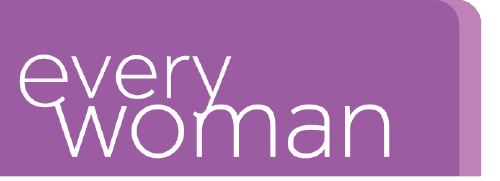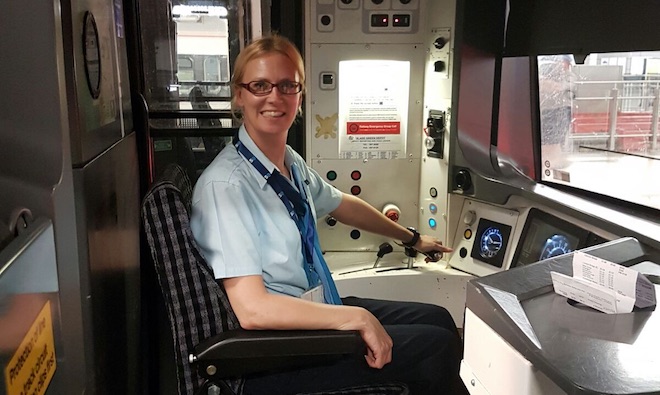Kelly-Joe Ballard is a train driver with Southeastern. Here, she talks to everywoman editor, Cherry Casey, about her day-to-day duties, and why her work feels like one big family.
How did you come to work in the rail industry?
I used to care full-time for my grandmother and we spent a lot of time discussing what I wanted to do, workwise. I always enjoyed driving when I was younger, plus did motorbike scrambling and go-karting, so we thought the transport industry would be good for me. My grandmother brought me up to believe anything was achievable if you put your mind to it and worked hard. If you didn’t succeed, it didn’t matter as long as you tried your best. I’ve always had that mindset and she was 100% behind me.
How did your career progress?
We thought it would be easier for me to start off as a bus driver, then work my way up to train driver, mainly because I was concerned about trying to get into the rail industry without references, as unfortunately, being a full-time carer isn’t recognised as a job.
In hindsight, not having employment references wouldn’t have hindered me as much as I thought – you can supply references from other people.
So – what are the perks of the job?
I work with excellent people – it’s like being in a family. You can always go and ask somebody for help if you need it, plus there’s initiatives such as workshops, forums on numerous subjects – one of which is a women’s network group called Wire – plus there’s a WhatsApp group amongst colleagues.
I also love the working pattern – we do a four-day week, which means I have enough time for my life outside of work too.
Describe a typical day
The earliest a shift would start is 3:45am and the longest drive is nine hours and 15 minutes. A lot of people don’t realise we do night shifts too – from midnight to 7am, which involves preparing trains and moving them within the depot.
You drive wherever that days’ diagram tells you, which is generally here, there and everywhere. I like that as it keeps things interesting. I drive out of London Charing Cross, London Cannon Street and London Victoria, and can go as far as Sevenoaks, Hayes or Gravesend.
I’m on my own in the cab while driving, but I work alongside people like the signaller, platform staff and maintenance defect team, so I chat to them throughout the day, and I’ve got an excellent relationship with the driver manager. If I need to issue any reports I can always contact and involve him – there’s an open-door policy.
And what have the challenges been?
Training is very intense, but that’s as it should be – we’re in a safety-critical job and we carry a lot of people around every day. I’m 40 now, and as you get older, learning can be a little more difficult, but I use the support on offer, of which there is a lot, and just apply myself.
April is Stress Awareness Month – do you feel your mental wellbeing is supported?
1000%. We have a medical centre where we get given medicals periodically, and the people there are on-hand to deal with any issues, whether mental or physical. Again, this is a safety-critical job so they’re really good at making sure you’re happy and physically ok to do what’s required.
We’re talking about age diversity a lot at the moment – is train driving a job for anyone, regardless of age?
Absolutely. I started at 37, and during my training there was a whole range of ages. There’s a minimum starting age of 21, but no limit the other way.
The rail industry is male-dominated; less than 5% of Southeastern’s drivers are female. Does that impact you in any way?
I haven’t experienced any gender-bias at all – we’re all just train drivers doing the same job. It wasn’t something I was nervous about either, as I tend to get on with people quite well. I’ve had to have some sensitive conversations regarding women’s issues with my manager, but he dealt with that very understandingly.
You’ve been interviewed a couple of times on this topic – why are you so keen to talk about your role?
I’m really grateful to Southeastern for the opportunities I’ve been given, and I think it’s excellent that they want more women to join the industry [the aim is for 40% of applicants to be women by 2021]. I’m glad I can contribute, because I am on the frontline, and want to help let women and people from other backgrounds know that it’s not how it was once perceived – anybody can do this job.





